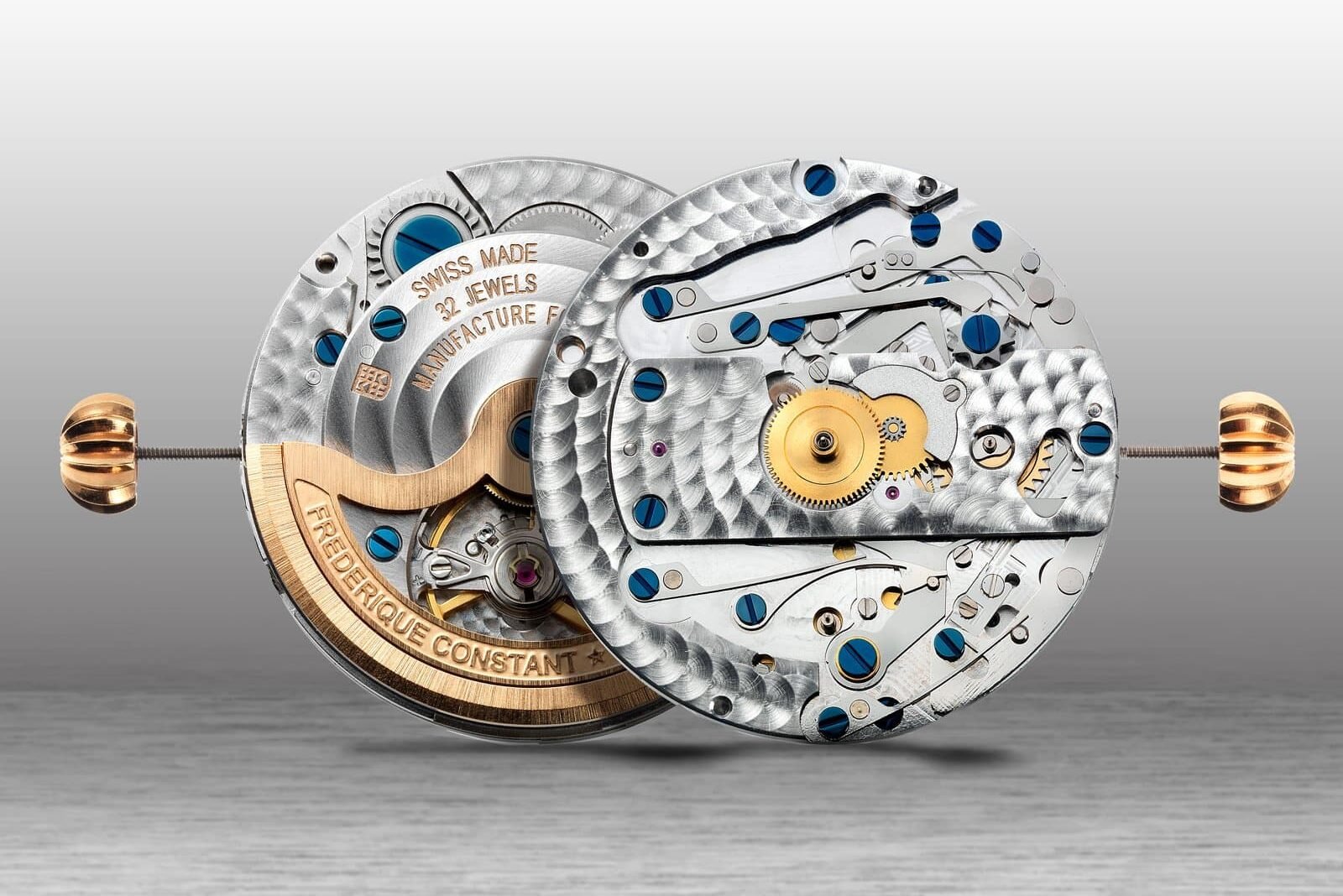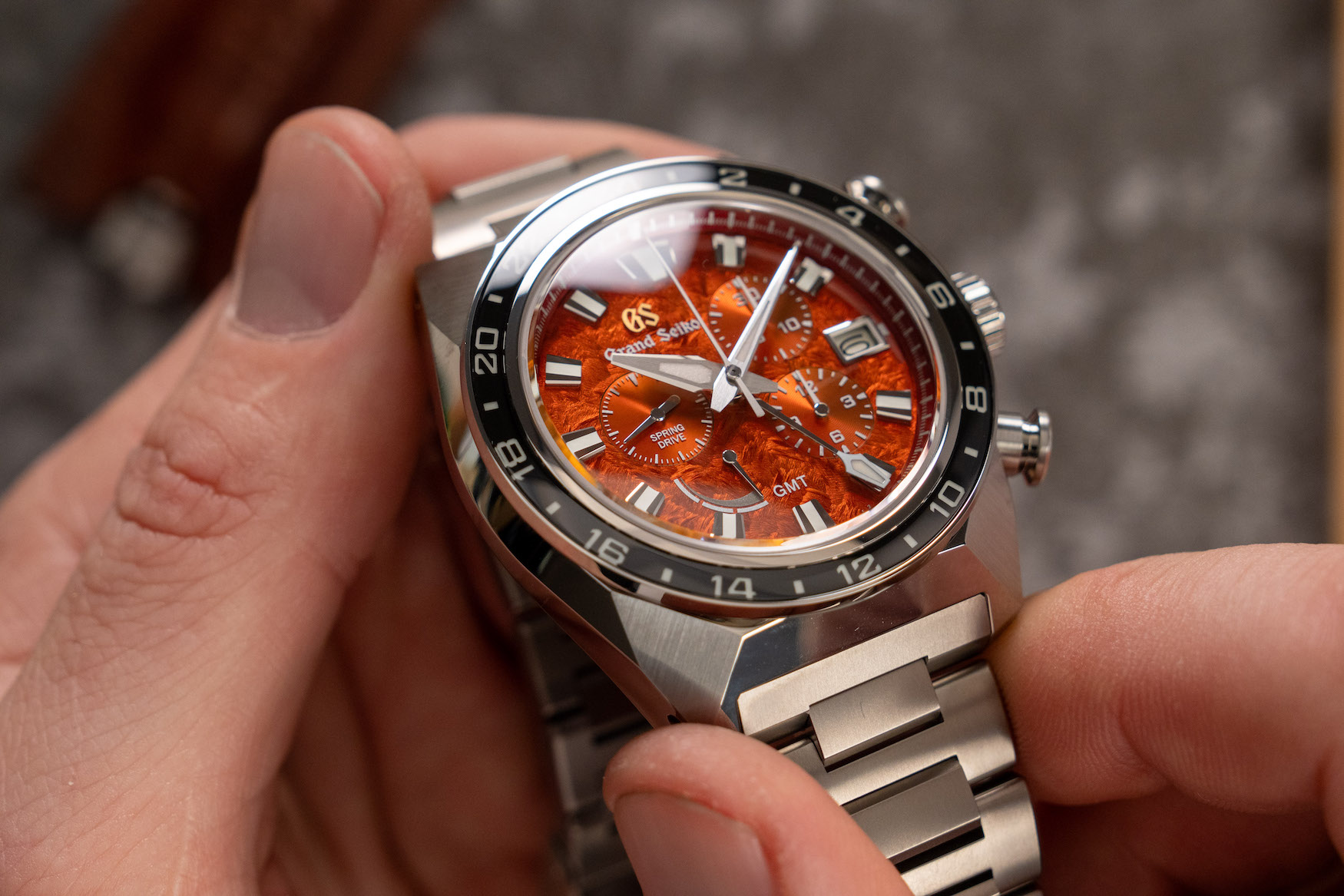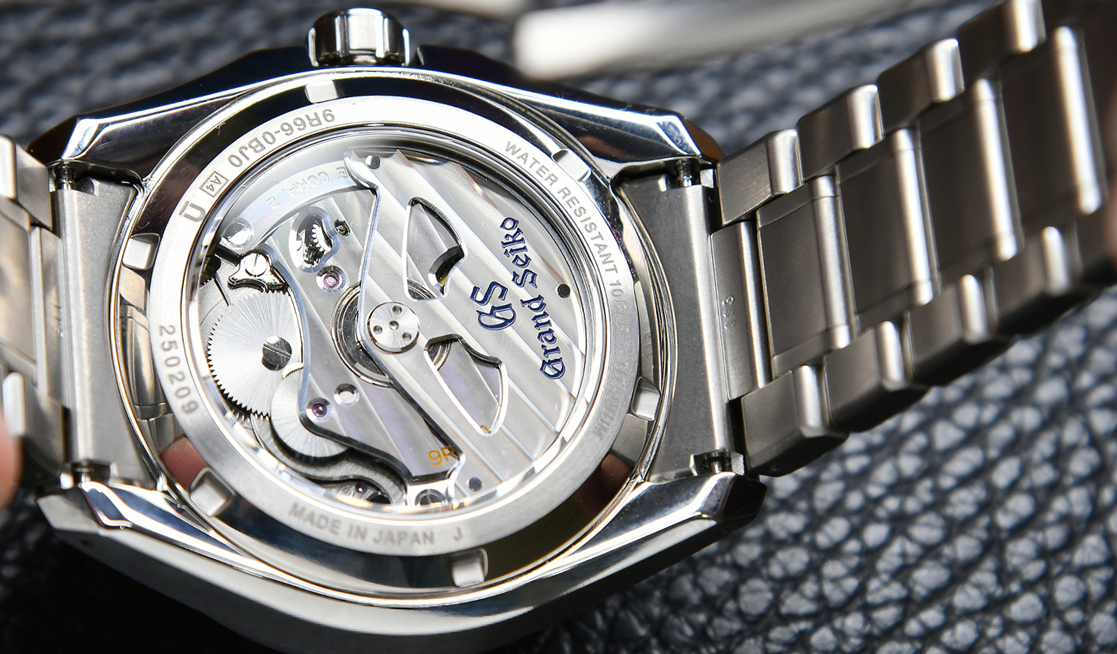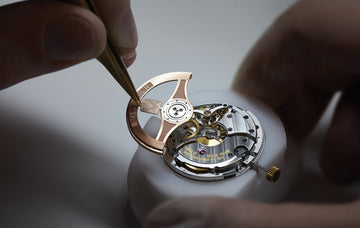Have you ever wondered what makes one watch worth so much more than another, even if they both tell the time perfectly? The answer often lies in the details you cannot see from the front. For many watch lovers, the true art of a timepiece is found inside the case, in the tiny world of the movement. Here, skilled watchmakers use special techniques to turn metal parts into miniature works of art. Two of the most classic and important finishes you will find are Geneva stripes and perlage.
These finishes are not just for show. They are a link to a time when every part had to be perfect and every detail had a purpose. They show how a watchmaker's art is tied to a watch's performance and longevity.
The Purpose of Perlage

Perlage, also known as circular graining, is a pattern of small, overlapping circles. It looks like a carpet of tiny, polished pearls. You will often find it on the flat parts of a watch movement, like the mainplate or lower bridges. Perlage is valued for both its subtle beauty and its clever function.
To create this pattern, a watchmaker uses a small, rotating tool with an abrasive tip. They press it onto the metal to make a single circle. Then they carefully move the tool and press again, making the next circle just so it slightly overlaps the last one. This process is repeated over and over with great care. It sounds simple but it is incredibly hard. It requires a steady hand and perfect pressure to create a clean, consistent pattern. The slightest mistake can ruin a whole component and mean hours of work are lost.
The real genius of perlage lies in its practical use. The tiny, abrasive grooves in the pattern can trap any microscopic bits of dust or other foreign particles that might get inside the watch. This keeps the dust from getting into the gears and other moving parts, where it could cause the watch to stop or run poorly. In this way, perlage is a perfect example of a beautiful finish that was first created for a very practical purpose.
The Graceful Lines of Geneva Stripes

Another very common finish is striping, most often called Geneva stripes. In Germany, a similar pattern is known as Glashutte stripes. This finish consists of beautiful parallel lines that look like gentle waves flowing across the surface of the watch's bridges or rotor. It gives the movement a sense of depth and elegance.
Like perlage, Geneva stripes also have two important purposes. First, they are a classic aesthetic that makes a watch look high end. The way the lines catch and reflect the light makes the movement look alive and dynamic. Second, they serve the same function as perlage by helping to trap dust. The fine grooves in the stripes catch any stray particles, keeping the movement clean and working properly.
On the most expensive watches, these stripes are often made by hand using a simple wooden tool and an abrasive paste. This careful work gives each stripe a unique feel. On more common watches, a machine can create the same look. While a machine can be very precise, the subtle touch of a human watchmaker gives a handmade movement a special kind of life and a feeling of real craftsmanship.
A Wider World of Decoration

Perlage and Geneva stripes are just two examples of the art of movement finishing. When you look closely at a high quality watch, you will see a whole host of other details that also serve a dual purpose of beauty and function.
Anglage (Beveling) Anglage is the art of polishing the edges of a movement's parts to a smooth, 45 degree angle. This creates a bright, reflective line that makes the parts stand out and look more defined. Anglage is a very difficult finish to do by hand, especially on inside corners, but it makes the whole movement look much more vibrant and gives it a sense of three dimensional depth.
Blued Screws Blued screws are often seen on high end watches. Originally, screws were heated to a specific temperature to make the steel harder and more durable. This process had the added effect of turning them a beautiful blue color. Today, many cheaper watches use screws that are chemically treated to look blue. However, in high end watchmaking, the screws are often still heated in the traditional way to give them that rich color and added strength.
Black Polish (Mirror Polish) Black polish is one of the most difficult finishes to achieve. It is a surface so perfectly smooth and polished that it looks like a black mirror from certain angles. Achieving this takes countless hours of careful polishing with finer and finer materials. It is a sign of extreme skill and is usually reserved for the most important parts of a movement.
All of these finishes, from the tiny circles of perlage to the bright gleam of blued screws, are a testament to the heart and soul of watchmaking. They are the details that separate a simple tool from a true work of art. They remind us that the most beautiful things can also be the most useful, a perfect blend of form and function.
Final Thoughts
All of these finishes, from the tiny circles of perlage to the bright gleam of blued screws, are a testament to the heart and soul of watchmaking. They are the small details that separate a simple tool from a true work of art. They remind us that the most beautiful things can also be the most useful, a perfect blend of form and function. By understanding these finishes, you gain a deeper appreciation for the skill and passion that goes into every piece.
Experience the Details Yourself
You now understand what makes a watch special. The Argos Olympus is for people who value quality, inside and out. With its precise automatic movement and elegant design, it shows that true genius is in the details. Discover the Argos Olympus and wear a masterpiece of watchmaking.

